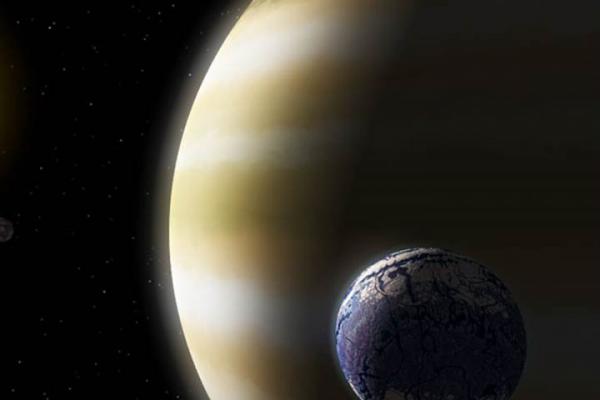
The Architecture, Atmospheres, and Origin of Giant Planets with High-Contrast Imaging
Brendan Bowler - Caltech
An unexpectedly diverse array of planets spanning over two orders of magnitude in separation (10-1000 AU) has been uncovered over the past decade with high-contrast adaptive optics imaging. By exploring planetary systems from the outside-in, direct imaging complements other planet-finding techniques at smaller separations and has resulted in a more complex picture of giant planet formation and migration. I will review the field of high-contrast imaging with an emphasis on results from an expansive search for planets orbiting low-mass stars, direct characterization of exoplanet atmospheres with integral field spectroscopy, and efforts to distinguish formation channels using population statistics. In the future, direct imaging will play an increasingly larger role with the transition to second-generation instruments, space-based facilities like JWST and WFIRST, extremely large telescopes, and eventually a dedicated space-based mission to image rocky planets.
Coffe and Donuts served at 3:30 in 4054 McPherson Laboratory.
